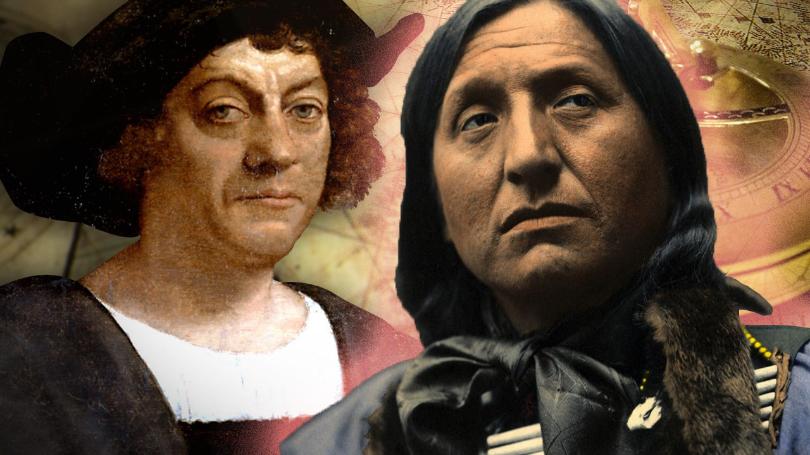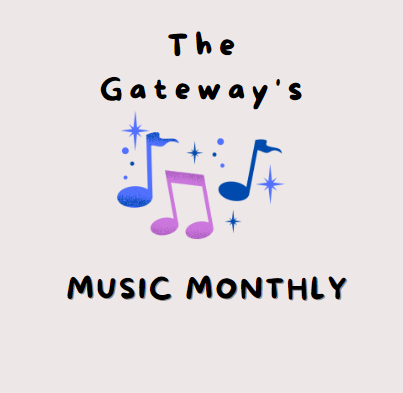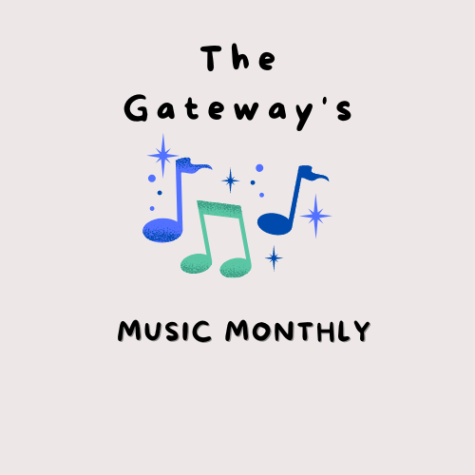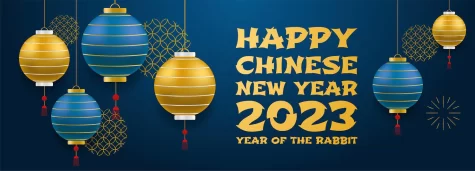Columbus Day Controversy
October 11, 2021
Columbus Day – is this an appropriate holiday? Does this holiday honor the dignity and humanity of all people? It is an age-old debate, with petitions to change the holiday to Indigenous Peoples Day spanning back to the 1970s. Some say the explorer is an example of a devout Catholic and a strong Italian immigrant, fighting his way through controversy in a doubt of the exploration and “putting America on the map.”
This may be true; however, others argue that Columbus, an enslaving, abusive tyrant who destroyed many lives and cultures, is undeserving of a holiday.
What is the correct answer? Is Columbus meant to be celebrated with parades and cheers or put into proper historical context as a greedy colonizer?
When Columbus first landed in the New World in 1492, he was bound for Asia with support from the Spanish monarchs. Instead, in mid-October, he landed in the Bahamas and encountered the Taino people, who created a productive and independent society before his arrival.
It is unknown whether his first approach with the Taino people was respectful. However, it is not questioned that he later forced them into slavery, with graphic descriptions of barbaric violence, killings, and forced conversions to Christianity in every historical source. Along with this, his people, the Spanish, inadvertently brought many diseases that the Native people’s immune systems could not tolerate, which had, and continue to have, drastic long-term effects on the Native people’s health.
While serving as the governor of Hispaniola, Columbus sexually assaulted women and young girls, and at times even sold them. In addition, he established a business bartering hundreds of Taino people, kickstarting the trans-Atlantic slave trade.
He sold thousands of peaceful Taino people from the island of Hispaniola and sent them to Spain, with many dying en route. Others, when enslaved, were forced to dig for gold and harvest the land to serve the merciless colonizers. “Within 60 years after Columbus landed, only a few hundred of what may have been around 250,000 Tainos were left on their island” (Ani Kington, 2014)
Was Columbus ever reprimanded for his atrocious actions?
One source says that several settlers lobbied against him at the Spanish court, accusing him of mismanagement. So, the king and queen sent in a royal administrator who later detained Columbus and his men and had them shipped back to Spain.
Whether or not Columbus was held accountable for his actions, his mark on the native people and their world can never be removed. Columbus is an example of a hateful colonizer who used the genocide of indigenous people for personal gain. It is time for the full story of history. We must get rid of Columbus Day and properly educate ourselves on this time in history from the Taino people’s perspective.
Why should we call it Indigenous Peoples’ Day?
We should call it Indigenous Peoples’ Day instead of Columbus Day to honor the civilizations and great losses suffered by Native American populations. Moreover, we must call attention to the forced assimilation and migration they endured while also bringing awareness to the issues still plaguing their communities. Some states have already recognized this and changed the name of the holiday. We should all be in favor of changing Columbus Day to Indigenous Peoples’ Day; after the repeated abuse and neglect of their history, changing the name is a meaningful acknowledgement not only of historical facts but also of their ontology.
Works Cited
Editors, History.com. “Why Columbus Day Courts Controversy.” history.com, A and E Television Networks, 9 Oct. 2020, www.history.com/news/columbus-day-controversy. Accessed 27 Sept. 2021.
Kington, Ani. “‘Columbus Day: The History, Significance and Controversy.'” Interexchange.org, InterExchange, 13 Oct. 2014, www.interexchange.org/articles/career-training-usa/columbus-day-history-significance-controversy/. Accessed 28 Sept. 2021.
Poole, Robert M. “What Became of the Taíno?” Smithsonian Magazine, Oct. 2011, www.smithsonianmag.com/travel/what-became-of-the-taino-73824867/. Accessed 27 Sept. 2021.








Faith Shapiro • Oct 16, 2021 at 5:18 pm
Flannery,
This is so well written! Great job.